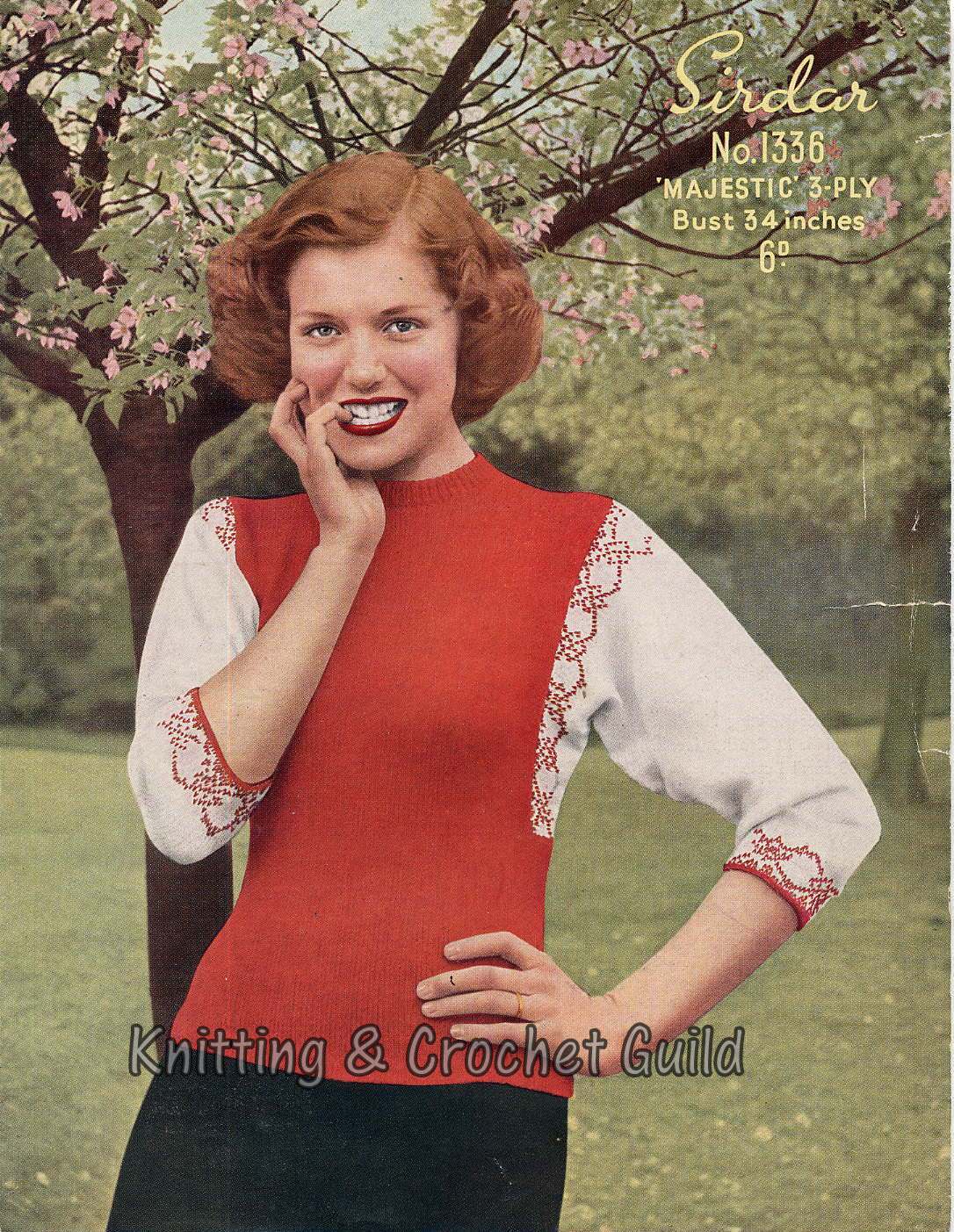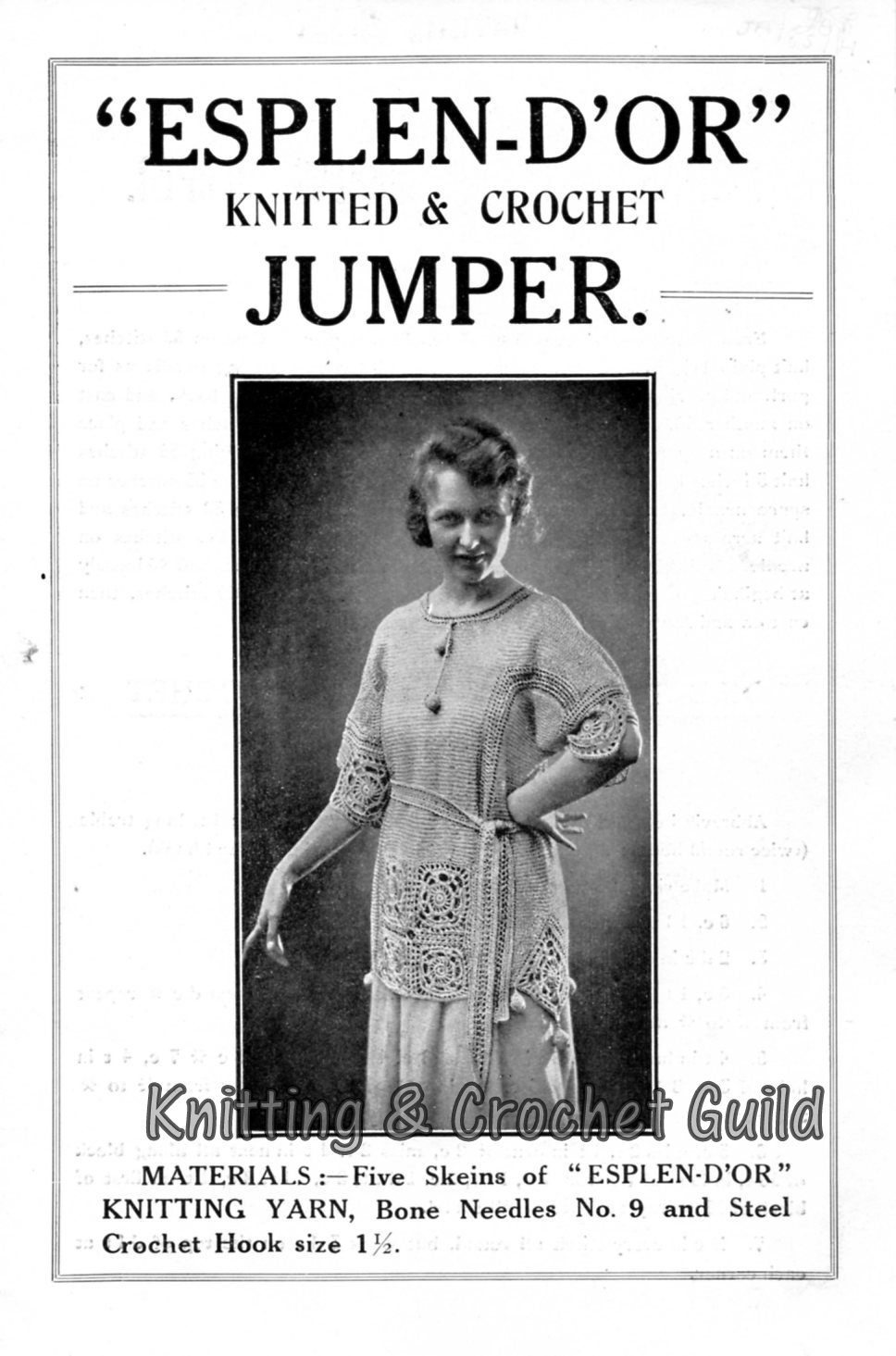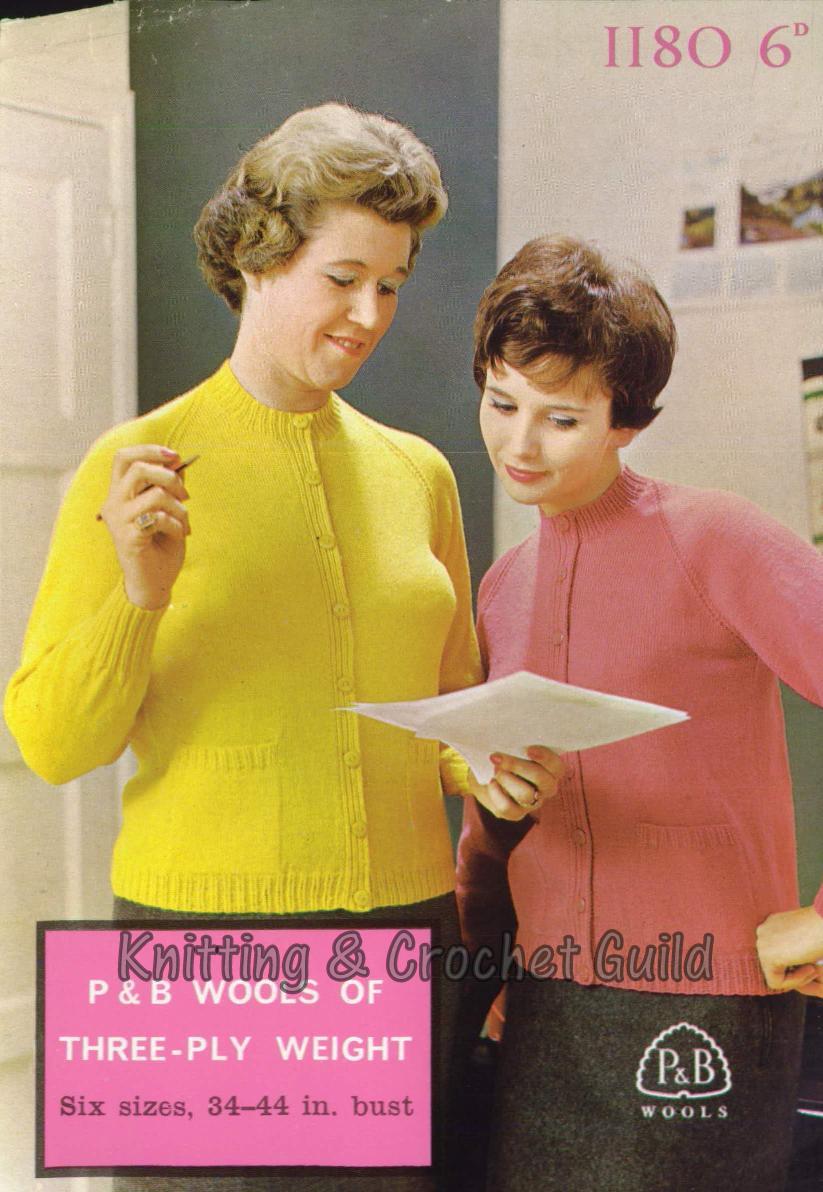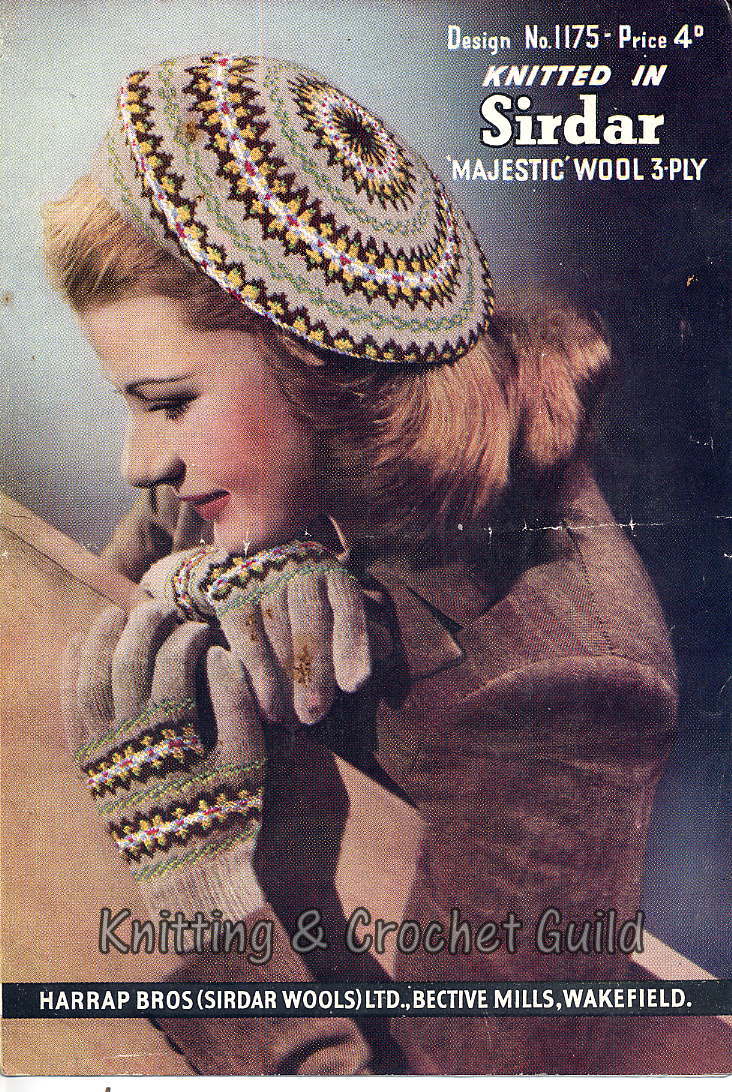Finished! Looks like this project is out of data at the moment!
Thanks to an INCREDIBLE effort by Zooniverse volunteers, this project was finished in just under a week! Thank you so much everyone, for sharing your time and expertise!
Research
Introduction
The decades between 1900 and the 1980s saw significant developments in knitting and knitwear. Produced for the mass market, pattern leaflets played a leading role in these developments: by recording data from a collection of these leaflets, you will help to reveal new insights into this role. The data you record will also provide information about the lifestyles and identities of ordinary women, at whom pattern leaflets were targeted.
:  : : |
In a bit more detail…
The decades between 1900 and the 1980s saw significant developments in knitting and knitwear in Britain. Between the 1900s and the 1930s, knitting transformed from a mostly utilitarian occupation into a nationwide craze, and knitwear became associated with high fashion. Offering the comfort required by more active modern lifestyles, jumpers in particular soared in popularity, and featured in collections by designers including Coco Chanel and Elsa Schiaparelli.
During the First and Second World Wars, knitting became a form of national service, and knitters churned out clothing and other comforts for those serving in harsh conditions. The making of items unrelated to combat offered escapism, a link to peacetime life, and – crucially – a means of coping with shortages. Knitting retained this important function for several years after the war, when rationing and shortages continued.
As prosperity returned to Britain during the 1950s, knitting kept its association with thrift – but also provided new opportunities to spend, the quantity and variety of patterns and yarns having risen following years of austerity. Enthusiasm for the handicraft fell during the 1960s, with the increased availability of factory-made knitwear, but rose again during the 1970s and 1980s, as part of a more general revival of crafting. During the 1980s, home knitters recreated the brightly-coloured, heavily-textured knitwear popularised by designers.
Knitting pattern leaflets played a leading role in these developments. Introduced around the 1900s, they were produced by yarn manufacturers, who, with the help of designers, sought to showcase their products amongst mass markets. Although designers were generally anonymous, the names and trademarks of manufacturers featured prominently on leaflets’ front covers, along with the names of the yarns they promoted. Drawings and, later, photographs of the wonderful creations these yarns would make worked to catch the attention of knitters. Cheap to buy, available wherever yarns were sold, these leaflets brought the latest fashions in knitwear within reach of anyone who could afford the materials and time to make them.
 |
Why is this project important?
Promoted in women’s magazines and on the women’s pages of newspapers, as well as by pattern leaflets, knitting was central to female lifestyles and identities as they were constructed by the mass market in twentieth-century Britain. Mothers, expectant mothers, grandmothers, teenagers, girlfriends, brides-to-be, housewives, and women in paid employment, from a range of backgrounds and communities, were all encouraged to knit. New insights into how knitting and knitwear were presented by pattern leaflets will yield knowledge of how these versions of femininity connected to fashion and consumption, and how they changed over time. This project is ground-breaking: never before has data from pattern leaflets been collected in this way!
 |
How can I help?
Pattern leaflets present a unique challenge to researchers: they are so numerous that it is very difficult to get a broad idea of what they contain. This is where your input really matters. Brunel University researcher Dr Ellie Reed has uploaded onto Zooniverse images from over 5000 pattern leaflets in the Knitting & Crochet Guild’s Collection. By recording data from these images, you will enable a broad survey of these leaflets to be made.
Please note that only the front covers of pattern leaflets are shown. This is because the patterns inside are available only to members of the Knitting & Crochet Guild, who own the leaflets and have kindly allowed them to be used. Information about joining the Guild is on the FAQ page of this project (click FAQ above).
 |
What do I do?
You will record data from pattern leaflets by answering multiple-choice and free-text questions about them. Questions are organised into three separate workflows, each requiring a different level of expertise:
-
Record basic data from leaflets - this workflow requires no specialist knowledge and can be completed by non-knitters.
-
Record technical data from leaflets - this workflow requires good technical knowledge about knitting. For instance, you will be asked to name garments and other items, and identify attributes such as colourwork and cabling.
-
Identify decade of publication - this workflow requires good knowledge of twentieth-century knitwear trends.
You can select which workflow to follow under Get started on the project's home page. Selecting CLASSIFY in the menu bar will take you straight to workflow 2.
Answers to multiple-choice questions are based on the classification system used in the Knitting & Crochet Guild's Collection. Please note that:
-
UK terminology is used, with US equivalents where appropriate.
-
Because knitwear designs are so complex and varied, it is impossible to include everything. If you can’t find exactly what you’re looking for, select the nearest equivalent: e.g. a shawl collar classifies as a big collar, Swiss darning classifies as embroidery. You can add unlisted terms to the Unlisted Items Talk board, see below.
-
If you make a mistake, don't worry! You can go back and make corrections. To find out how, see the FAQ page (click 'FAQ' above).
Your answers will be recorded in a database, which Ellie will use to map shifts in knitwear trends over the twentieth century: e.g. the changing popularity of garments or household items, changing fashions in neck shape, sleeve design, and other attributes, changes in the age and gender of handknits’ recipients. Understanding more about these trends will lead to greater knowledge about the tastes and skills of ordinary women, and the role that knitting played in their lives.
 |
Help
The Tutorial and Need some help with this Task? boxes will take you to advice for answering each question, and the Field Guide contains more detailed descriptors for the multiple-choice options. You can access the Field Guide via the tab on the right of your screen. If you’re still stuck, click Talk in the menu bar and post your question in the Help Talk board. Ellie will respond as soon as she can.
 |
Talk boards and QuickTalk
Besides answering questions, you are encouraged to use the project’s Talk boards and QuickTalk function to engage with Ellie and other volunteers.
To find the Talk boards, click Talk in the menu bar.
The Memories Talk board is where you can share memories of making patterns like these, or of someone else making them.
The Notes Talk board is where you can discuss the patterns with fellow volunteers.
The Unlisted Items Talk board is where you can record any items, attributes, embellishments, etc., that are missing from the lists of options.
The Help Talk board is where you can ask for help (Ellie will respond as soon as she can).
QuickTalk allows you to leave and respond to comments about each leaflet. Click the icon on the bottom right of the Classify page.
Please be aware that anything you share on the Talk boards and QuickTalk may be cited in research outputs. For further information, see Privacy and Confidentiality below.
 |
Further information
For further information about the project, how to take part, and what to do if you get stuck, click on FAQ above.
Privacy and Confidentiality
Your secondary data are protected by the Zooniverse User Agreement and Privacy Policy, and will not be shared. Comments on the Memories, Notes, and Unlisted Items Talk boards may be shared in research outputs, including written publications and presentations. To preserve privacy and confidentiality, comments will be shared anonymously.
Content warning
Please be aware that this project features material that was created many years ago. Some of this material may contain language or images that volunteers may find upsetting.